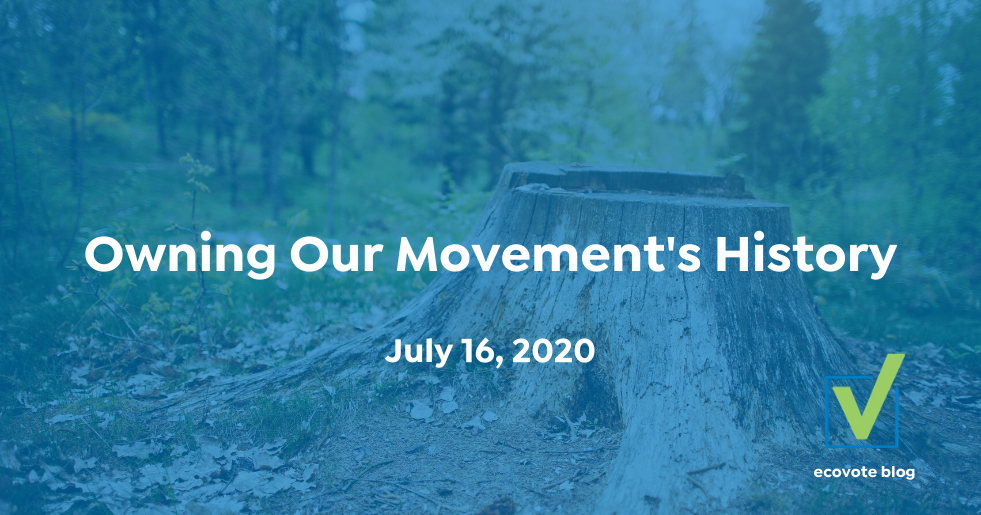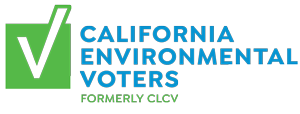Owning Our Movement’s History

For far too long, the white environmental movement has tried to separate issues of race from environmental work, but we know that concern for the Earth cannot be separated from the treatment of its people. Just as a moving river will carry you downstream unless you fight it, an unfair system rooted in racism will privilege whiteness unless you actively work against it.
We understand our country was founded on white supremacy, yet the conservation movement has not only refused to confront white supremacy, but actively furthered it. While it coalesced at the start of the 20th century, its leaders preached kinship with animal and plant life even as they led thought leadership on dehumanizing Black, Indigenous, and people of color – often in the same breath.
The origins of the white-led environmental movement left little room for people of color in leadership positions (as recently as 2014, fully 89 percent of leadership positions in environmental organizations were held by White folks), which in turn perpetuated institutional racism and created massive blind spots for the environmental movement. For decades, environmentalists championed policies that ignored the environmental realities, leadership, and needs of Black, Indigenous, and other communities of color. Our laws, infrastructure, and advocacy ignored the toxic air and water and lack of green space channeled into communities of color.
Now, as we are reminded – once again, and with deadly clarity – for people of color, and Black Americans in particular, even the simple act of going for a walk or even bird watching can be life-threatening.
Environmental justice is not colorblind. To move forward on any other assumption is not only unsustainable and wrongheaded; it’s dangerous.
We must develop a new intersectional approach to our movement- an approach which integrates the experiences of marginalized communities into every conversation. These are the communities most affected by the climate crisis and fighting for a green agenda without considering its disparate racial impact all but guarantees that Black, Indigenous, and communities of color will be further harmed.
As a White leader, it is my responsibility to ensure this organization does the work of uplifting Black and Brown voices, while advocating for environmental reparations. CLCV has made a commitment to facing our history and taking action – fighting upstream to act on the belief that to be truly pro-environment we must also be anti-racist. Not some of the time; all of the time. This work is not easy, it requires a deep interpersonal work and reflection, and integration of these values into our policy, programming, partnerships, and operations. We will continue to provide our members the necessary resources, and we ask for your courage to address racism and environmental injustice in your own community.
Use this as your starting point for bridging the gap between learning and action- study the books, read articles, watch videos, and listen to podcasts. Take responsibility for your own learning and growth, and we are here to provide resources and support along the way.
Thank you for being with us in the fight against racism and the fight for our future.









